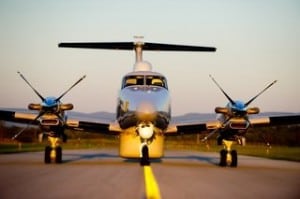
Reacting to concerns from some in Congress this week regarding proposed reductions to flight hours for air domain awareness operations by Customs and Border Protection (CBP) aircraft, Homeland Security Secretary Jeh Johnson said on Thursday that improvements in technology are enabling more efficient operations. CBP’s FY ’15 budget request shows a planned decrease to 73,474 flight hours versus 90,735 in FY ’14, which would bring air operations back to FY ’13 levels. In dollar terms, the cut in FY ’15…

 By
By 











